The Bavarian Forest is one of Germany’s most beautiful natural gems. Spanning an area of more than 1,300 square miles, this lush forest is full of towering trees and breathtaking views of rolling mountains, hidden waterfalls, and densely forested trails where you’ll feel like you’re visiting the Germany of hundreds of years ago. The Bavarian Forest is only about three hours from Munich by train, making it an ideal add-on to a Munich trip for travelers looking to add a few active days to their vacation.
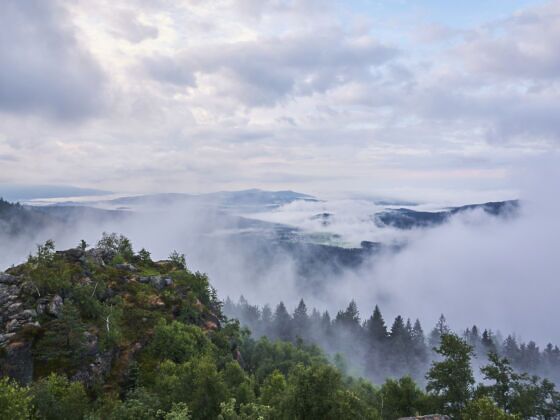
A Complete Guide to Visiting Germany's Bavarian Forest
Here’s everything you need to know about planning a trip to the Bavarian Forest, from how to get there to what to do and where to stay.
- What is the Bavarian Forest?
- How to get there
- Bavarian Forest National Park vs. other area parks
- Summer in the Bavarian Forest
- Winter in the Bavarian Forest
- Bavarian Forest vs. the Black Forest
- Other things to do in the Bavarian Forest
- Where to stay
What is the Bavarian Forest?

Photo: Bodenmais TourismMarco Felgenhauer/Woidlife Photography
The Bavarian Forest is an impressive natural region along the border of Germany and the Czech Republic. It is home to some of Europe’s most extensive ancient forests, classified as low-mountain range forests due to the altitude of roughly 1600 feet above sea level. The region boasts a landscape characterized by rolling hills, deep valleys, babbling streams, and an array of wildlife, including deer, boar, wolves, lynx, and birds.
The Bavarian Forest also has long been associated with traditional handicrafts such as woodworking and pottery, thanks to its abundance of timber from spruce trees. Most of the tourist towns in the area are relatively small and walkable villages, rather than cities, making it a popular summer destination for Munich residents. People visit here for outdoor recreation like hiking and wildlife viewing in the summer and skiing and snowshoeing in the winter, though the low elevation means hiking is available in some parts of the Bavarian Forest year-round.
How to reach the Bavarian Forest
Fortunately for visitors already in Germany, the Bavarian forest is extremely accessible thanks to several train stations near the popular towns. From Munich’s Central Station, visitors will take a Deutsch Bahn (Germany’ national rail system) toward Plattling and, from there, jump on a Bavarian regional train toward whatever city you’re staying in. The German train system is extremely easy to use, even if you don’t speak German.
You can book mobile tickets on the DB Navigator App (which has both English or German versions), and it’ll send you one ticket for your complete route, regardless of whether you’re switching between regional or national lines. It’ll generate a QR code in the app that you’ll show as your ticket when you get on board. Some train stations do not have ticket machines, and you can’t buy tickets on board, so be sure to download the app in advance while you have Wi-Fi.
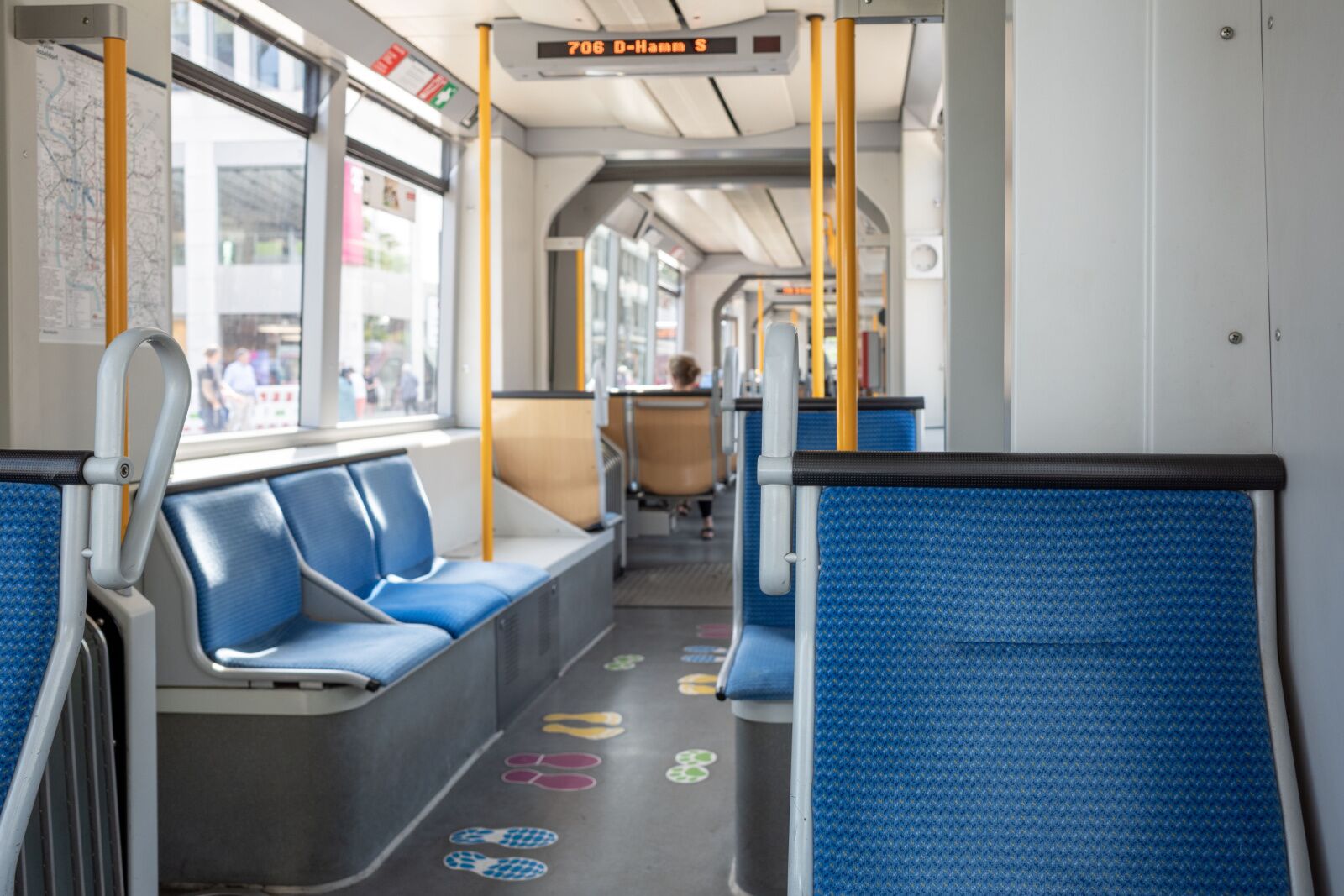
Trains in Germany are easy to book, on-time, and have station announcements in both Germany and English. It’s very hard to get lost. Photo: Peeradontax/Shutterstock
Once on board, there are multiple screens in every train that alternate between two screens: screen one is the station coming up next, and screen two is the full list of upcoming stations, along with arrival times. On-board announcements are in English and German, and your ticket will tell you which platform to switch to when making connections. And the trains are almost always on time. It couldn’t be easier.
From Munich, it’s about three hours on the train to reach towns like Zweisel or Bodenmais, which makes a few days in the Bavarian forest an extremely easy add-on to a longer Munich or Germany trip.
Bavarian Forest National Park vs. nature park vs. other designations

Photo: Thilo Wagner/Shutterstock
Bavaria is one of 16 German states, and the entire Bavarian forest is within it.
The Bavarian Forest is huge, covering a large section of the state of Bavaria. Bavarian Forest National Park covers a smaller 60,000 acres within that and backs to the Czech Republic’s Šumava National Park. In Germany, national parks are mostly left in a natural state and have the highest level of conservation protection.
Also within the Bavarian forest are “nature parks,” which are protected but may have more facilities shaped by and for humans, like campgrounds, museums, and hiking trailsThere are 103 nature parks in Germany, 16 of which are in Bavaria. The closest nature parks to Bavarian Forest National Park are Bavarian Forest Nature Park (Bayerischer Wald), Northern Upper Palatinate Forest Nature Park (Oberpfalzen Wald), and Upper Bavarian Forest Nature Park (Oberer Bayerischer Wald).

Hiking in the deer park is an option year-round on some of the forest’s lower-elevation trails. Photo: Suzie Dundas
To make it even more confusing, there may be smaller parks within the nature parks. For example, within Bavarian Forest Nature Park is The Buchet Deer Park. Because it’s a nature park, it has some development, so you’ll find hotels like WildbergHof steps away from these places.
Finally, the Bavarian forest also has two wildlife parks. There’s no real US equivalent for these. They’re areas within the national park with huge, fenced-in areas for native fauna where you may see native wildlife. They are very unlike zoos as there’s no artificial habitat or cages, and the outdoor spaces are really, really big. The smallest of the nature parks is in Ludwigsthal and the shortest walk is 1.6 miles. It still only covers a small section of the animal areas, so you may not see any animals at all. For reference, I stood on the wolf-viewing platform for 30 minutes and saw no more than a squirrel.
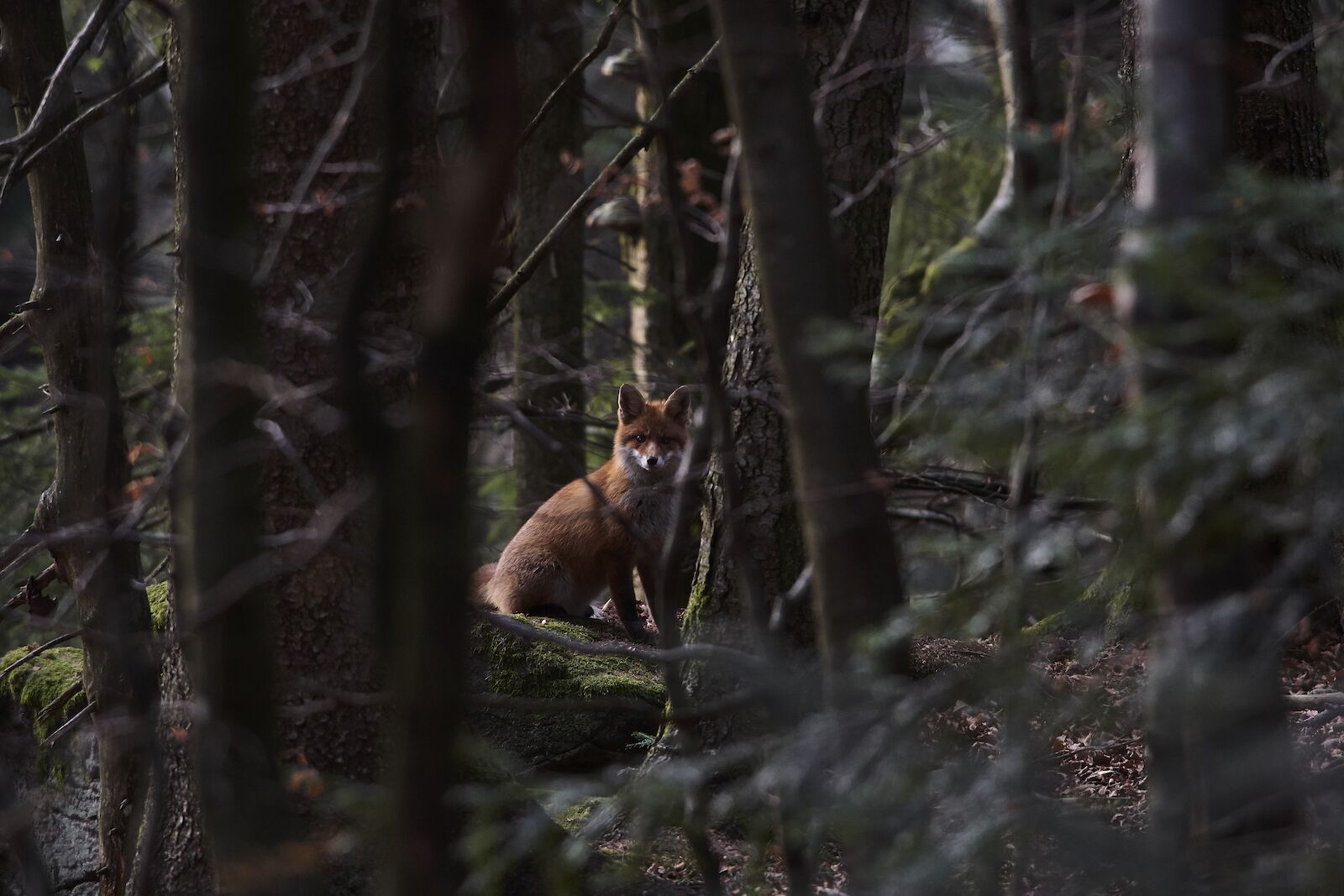
Photo: Bodenmais TourismMarco Felgenhauer / Woidlife Photography
The second wildlife park is near Neuschönau at the Lusen Vistor Center, and the shortest route through the animal area is 4.5 miles. These aren’t zoos, and you may or may not see any animals. But admission is free, and they’re open year-round. As you may expect, they’re less busy in the winter and shoulder seasons.
The best way to think about it is that Germany national parks are akin to US national parks (albeit with a bit less development), whereas nature parks are a bit more like our national forests. They’re protected, but development is still allowed, and there are some towns within them. However, it doesn’t really matter, as you won’t notice when you’re moving between national parks or national reserves. Any forest within Bavaria that isn’t protected is what we would just consider the woods, rather than officially part of the “Bavarian Forest.”
Summer recreation in the Bavarian Forest
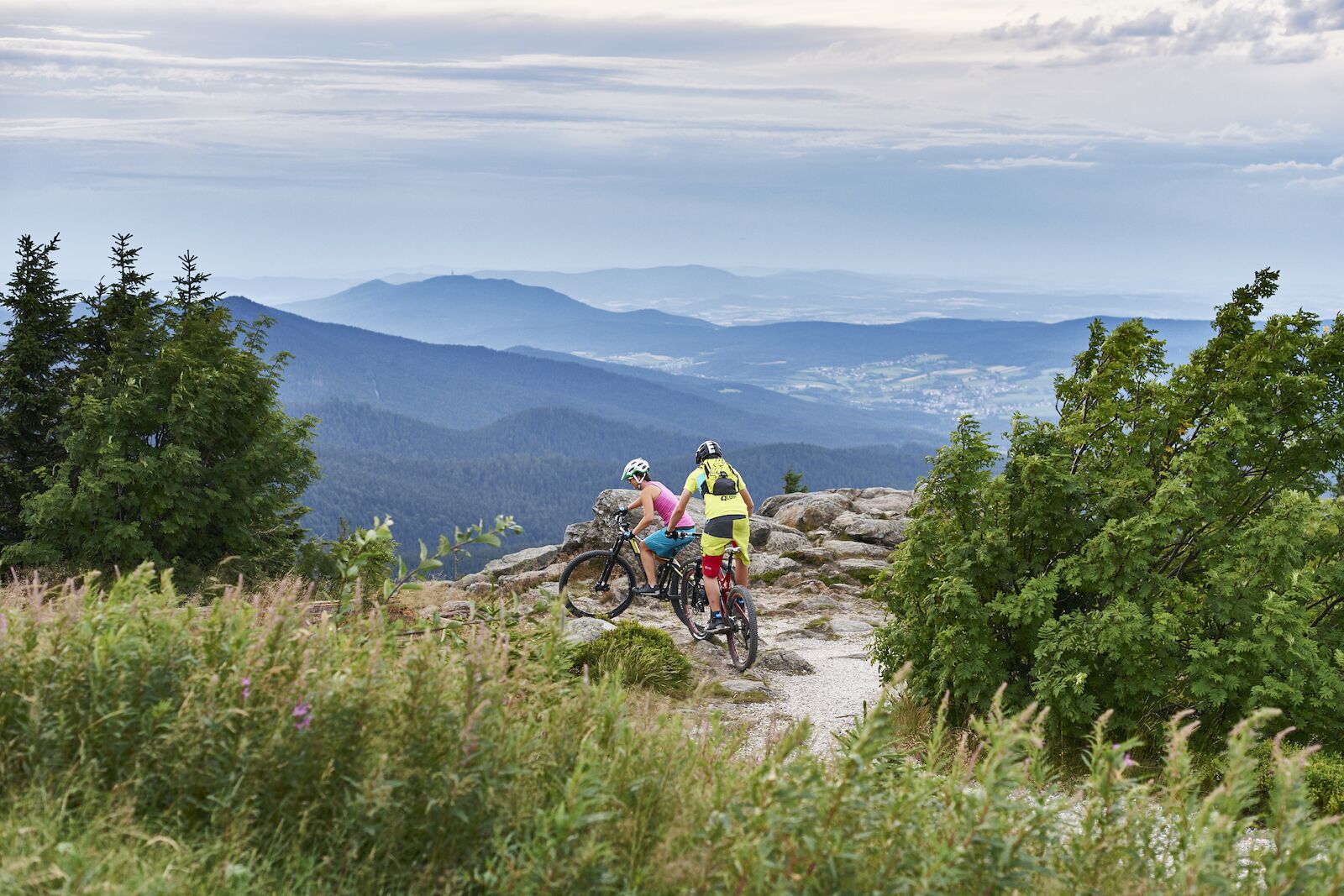
Photo: Bodemais Tourism/Marco Felgenhauer – Woidlife Photography
Hiking in Germany’s Bavarian Forest is the main draw come summer. Bavarian Forest National Park has 217 miles of hiking trails, including routes where you can cross the border into the Czech Republic. Within the Bavarian Forest are hundreds of miles of hiking trails (the “Seven Summits” is especially well-known) and 124 miles of mountain biking trails in the national park alone.
Rock climbing is big, with dozens of crags with dozens of routes, as are whitewater rafting and paddling. It’s an ideal summer outdoor destination and offers basically any outdoor activity you’d expect from a rural mountain area, so it’s an ideal add-on to a Munich trip if you want to squeeze in a few days of physical activity.
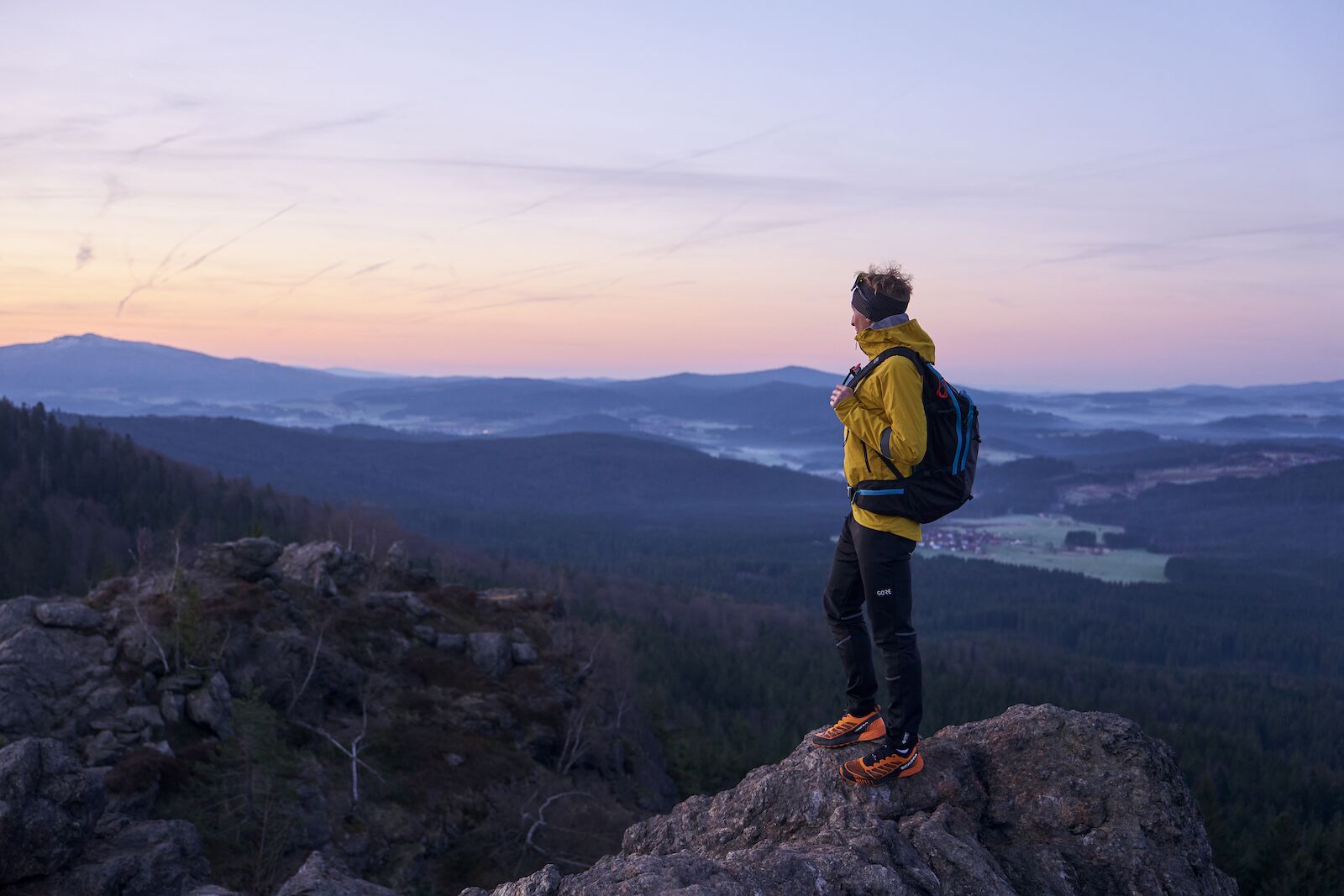
The outdoorsy village of Bodenmais. Photo: Bodenmais TourismWoidlife Photography
Note that using hiking guides or going on ranger-guided hikes is very common in Germany; hiking without a guide is the exception, not the rule. That said, you certainly can hike solo, and most areas of the Bavarian Forest are extremely well-signed and easy to follow (and also listed on AllTrails). But if you do want to find a guide, they’re usually inexpensive or sometimes free. Towns like Bodenmais offer guided group tours year-round, and if you stop by any of the national or nature park visitor centers, you’ll probably find a schedule of daily guided hikes anyone can join. If you want to do an overnight backpacking trip, guides are required. But otherwise, you do you.
Winter recreation in the Bavarian Forest

Photo: Bodenmais TourismWoidlife Photography
There are two primary ski resorts around the Bavarian Forest, and both are extremely affordable compared to US ski resorts; ticket are no more than 40 Euro. There’s a ski bus that runs between Silberburg Ski Area and Großer Arber (Big Arbor), on the highest mountain in the Bavarian Forest.
But the real draw in the winter are non-alpine winter adventures. That includes not just winter hiking, but also snowshoeing, cross-country skiing, and more. The Bavarian Forest is home to the Bretterschachten cross-country ski center, with has 70 miles of trails, and all of the area’s hiking trails covered in snow become popular snowshoeing trails. Backcountry skiing (i.e., ski touring) is popular, though you’ll almost certainly want to use a guide for that. You can also just relax in the adorable towns to enjoy some good food and scenery for a few days.
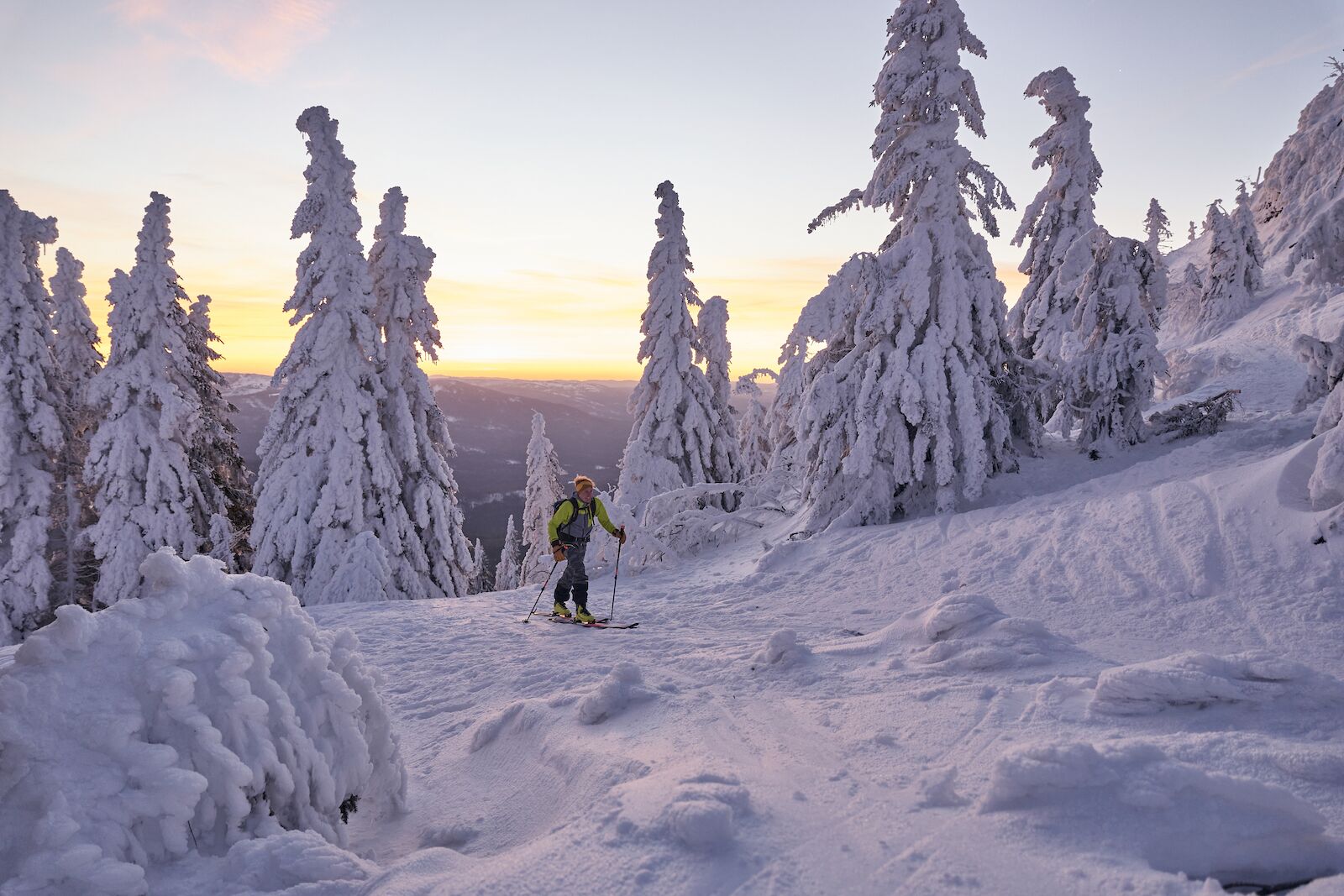
Photo: Bodemais Tourism/Woidlife Photography
In addition to its stunning landscapes, the Bavarian Forest also boasts a rich cultural history. The region has been inhabited since ancient times and still retains much of its traditional architecture and customs. You can visit quaint villages with centuries-old churches and buildings or learn about local customs such as wood carving or beer brewing.
One of the best parts of visiting the Bavarian Forest in the winter is the guest card. Depending on what hotel you book, you’ll get a Bodenmais-area visitor card, which includes free admission to many winter recreation destinations, ski resorts included. And even the most luxurious hotels are no more than 200 Euro on peak winter weekends. It’s an exceptionally affordable place for a winter trip, especially if you’re already near Munich.
Bavarian Forest vs. The Black Forest
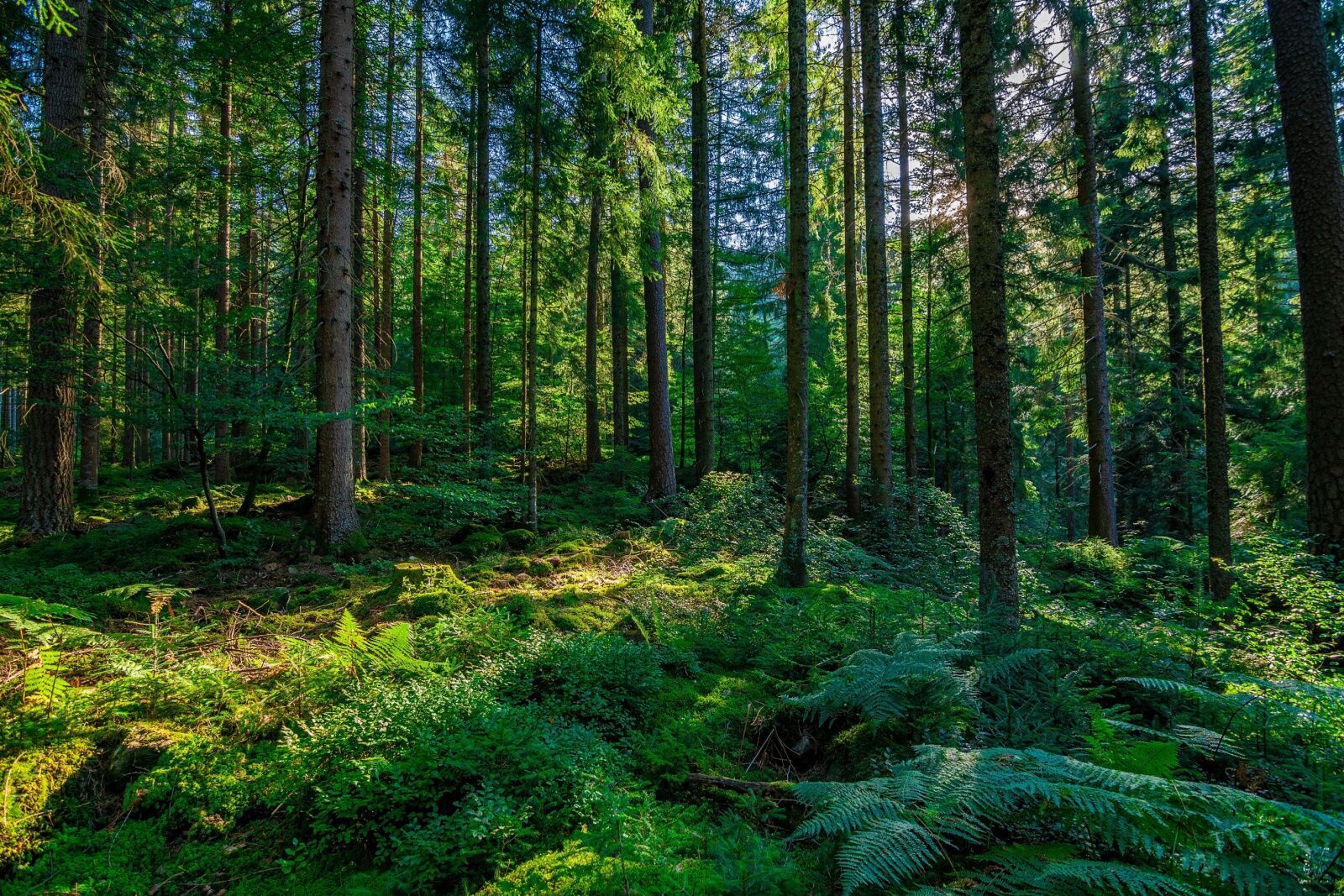
Germany’s Black Forest: also dark and dense. Photo: Arthur Palmer/Shutterstock
The Bavarian Forest is not the same as the Black Forest. The Black Forest is in the southwest of Germany around the towns of Baden-Baden and Freiburg im Breisgau. It’s more touristy and tends to get more crowded and is much closer to Zurich, Switzerland, than it is to Munich or Berlin. It takes about 10 hours on the train to move between the two regions.
Note that online, you’ll find a lot of confusion and misinformation about the Black Forest and the Bavarian Forest. I’ve found a lot of recreation information and photos online credited to the Black Forest when they’re actually in the Bavarian Forest. That’s probably because the Black Forest is more well-known, but it also means the Bavarian Forest doesn’t get as much credit as it should, especially if you’re looking for multi-day cross-country (as in “crossing the borders of multiple countries”) hiking routes.
Other things to do in the Bavarian Forest
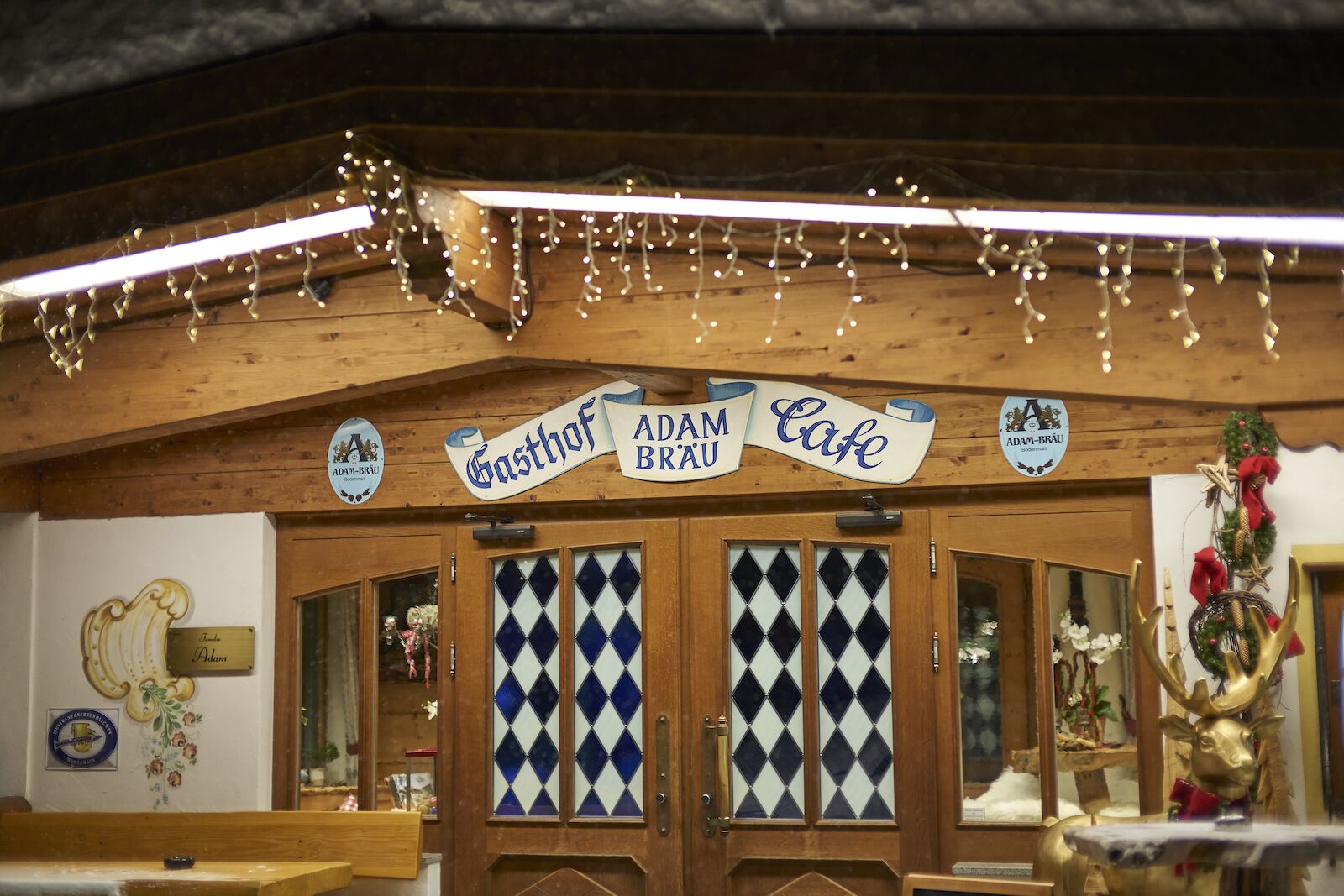
Photo: Bodenmais TourismMarco Felgenhauer / Woidlife Photography
Outdoor adventures aside, other places to check out in the region include:
- Glass-blowing classes at the famous JOSKA Bodenmais (a massive complex with everything from a Christmas market to restaurants to Go Karts).
- A walk along the Treetop Walkway, one of the longest in Europe.
- Visiting the Shnapps Museum and tasting room in Böbrach
- Pretend you’re a beer at Adam Braü in Bodenmais. The brewery and hotel has a five-step, beer-inspired spa system you can avail yourself of, starting with the brewhouse (a Finnish sauna) and ending with icing (an ice room).
- Learning about beer and tavern culture at the open-air Bavarian Forest Museum (Museumsdorf Bayerischer Wald)
Where to stay
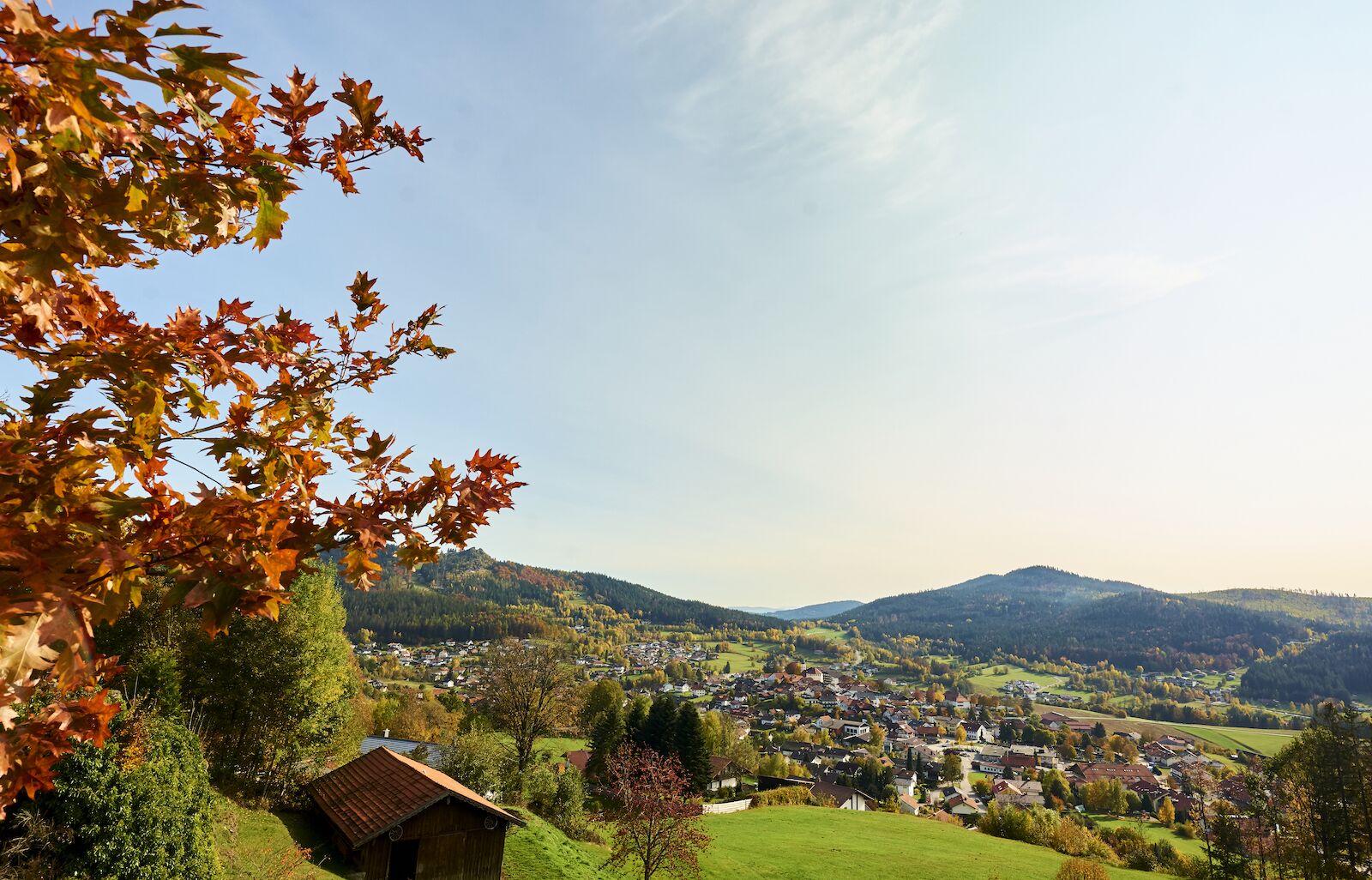
The outdoorsy village of Bodenmais. Photo: Bodenmais TourismMarco Felgenhauer / Woidlife Photography
Bodenmais is probably the most popular town to stay in. It’s near roughly 450 miles of hiking trails and has a walkable downtown with plenty of restaurants, coffee shops, beer gardens, and outdoor gear shops and guides/outfitters. From Bodenmais, visitors can take the ski or hiking shuttles and walk to the train station to connect to anywhere they need to go.
As with most towns in the Bavarian Forest, you won’t find too many chain hotels. Good options include the Hotel Kurpark (home to one of the town’s best restaurants), or more wellness-focused hotels like the affordable Natura Bodenmais (close to the popular waterfall trails) or the more upscale Mooshof Resort. Of these, Hotel Kurpark is the closest to the train station (and has incredibly fast Wi-Fi, if you’re doing any remote work while you’re there).
Further south, the most popular town in the Bavarian Forest is Grafnau. Good hotel options include The Reiners, a boutique hotel with on-site bike rentals, or the more upscale Biohotel Pausnhof, on a working organic farm.
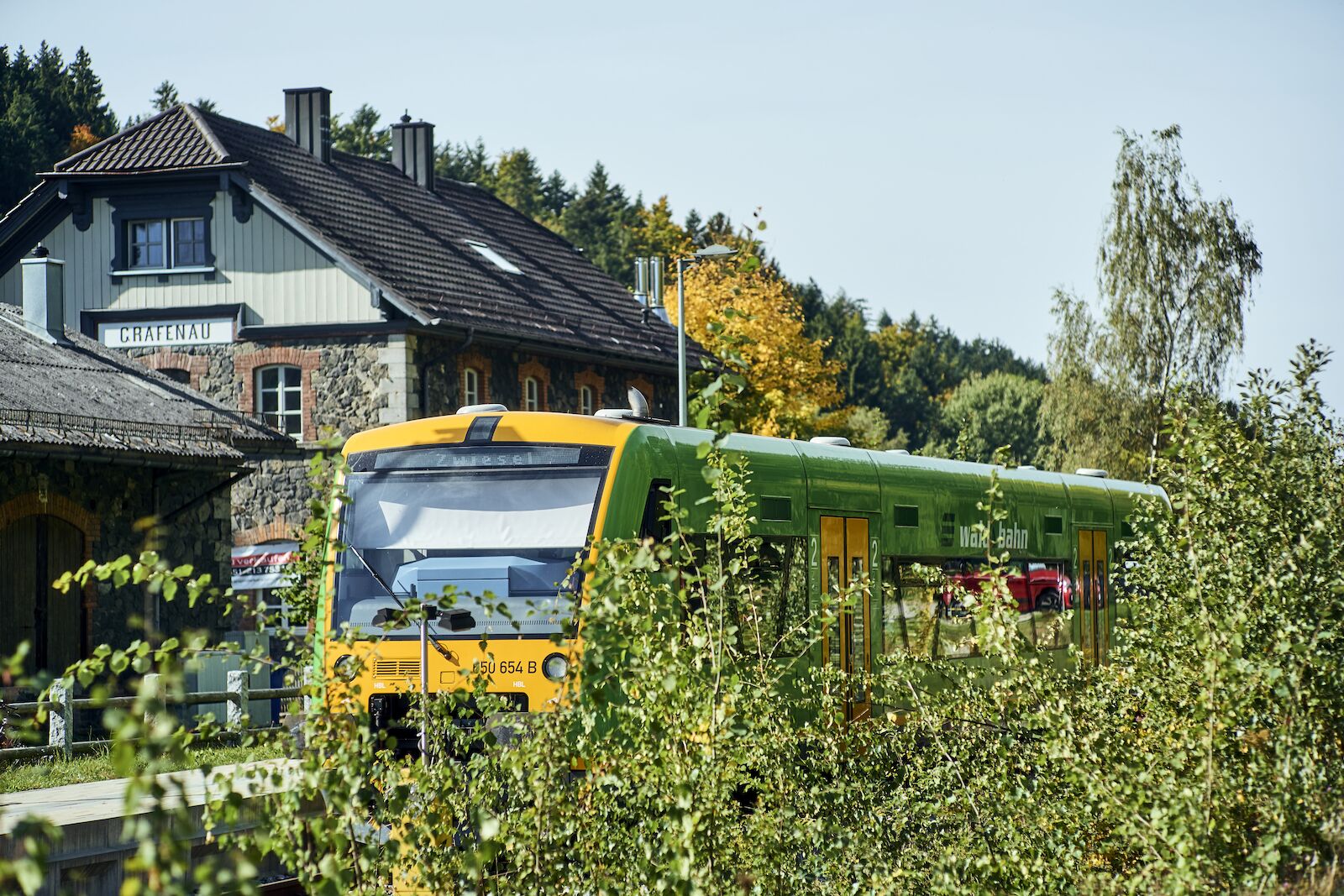
Photo: Bodenmais TourismMarco Felgenhauer / Woidlife Photography
If you’d like to stay a little more off the tourist track, consider booking a tinyhouse rental at the cute WildbergHof, near the Bavarian Forest Deer Park and hiking trails around Deggendorf.
You’ll probably want to stay near a train station if you’re traveling without a car. If you’re going to the national park, you’ll want to map how long it’ll take you to reach the Zweisel Train station. From there, you can take a short connecter to reach whatever part of the park you want to visit, or take advantage of the park’s free transportation (which includes a bus connecting the various entry points and trailheads around the national park). You can buy train tickets on the DB Navigator App or buy one ticket to cover all your transportation in the region.